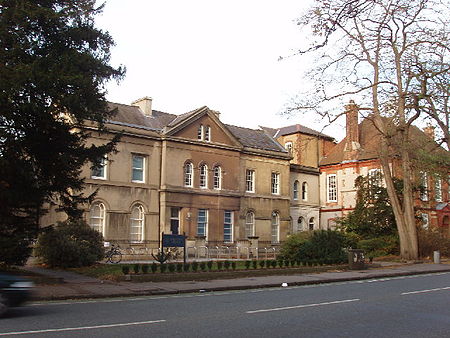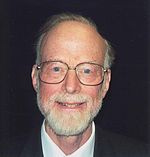Oxford University Computing Services

Oxford University Computing Services (OUCS) until 2012 provided the central Information Technology services for the University of Oxford. The service was based at 7-19 Banbury Road in central north Oxford, England, near the junction with Keble Road. OUCS became part of IT Services, when the new department was created at the University of Oxford on 1 August 2012 through a merger of the three previous central IT departments: Oxford University Computing Services (OUCS), Business Services and Projects (BSP) and ICT Support Team (ICTST).At the time when Oxford University Computing Services ceased to operate as an independent department, it offered facilities, training and advice to members of the university in all aspects of academic computing. OUCS was responsible for the core networks reaching all departments and colleges of Oxford University. OUCS was made up of 5 technical and one administration group. Each group had responsibility for different aspects of OUCS services supplied to the university. At the time of the merger, the 5 technical groups were: Learning Technologies, Information and Support, Network Systems Management Services, Infrastructure Systems and Services Group, and Network and Telecommunications.
Excerpt from the Wikipedia article Oxford University Computing Services (License: CC BY-SA 3.0, Authors, Images).Oxford University Computing Services
Banbury Road, Oxford City Centre
Geographical coordinates (GPS) Address Nearby Places Show on map
Geographical coordinates (GPS)
| Latitude | Longitude |
|---|---|
| N 51.7601 ° | E -1.2605 ° |
Address
Banbury Road 15-19
OX1 3PJ Oxford, City Centre
England, United Kingdom
Open on Google Maps











